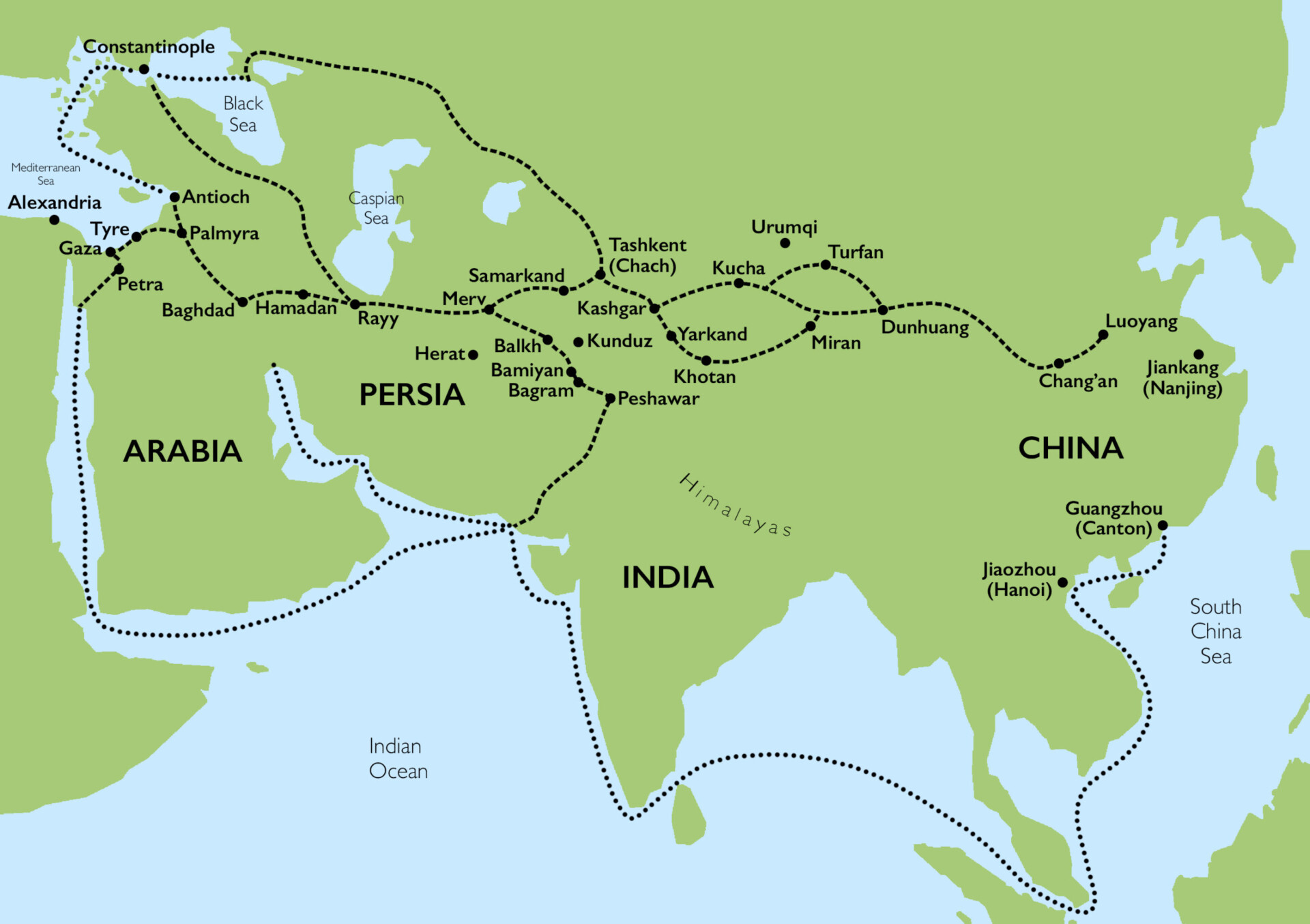About Us
Contact Us
Advertise With Us
Disclaimer
Privacy Policy
Terms & Conditions
Copyright © 2024 - BoldDiscussions.com

In recent years, a revolutionary form of international trade has begun to emerge between China and nations along the historic Silk Road, breathing new life into the ancient trade routes with the power of e-commerce. This digital transformation, while still in its infancy, promises to unleash untapped potential, making global markets more accessible than ever before.
Zheng Yali, a prominent member of the National Committee of the Chinese People’s Political Consultative Conference (CPPCC) and Vice President at Zhejiang University of Finance and Economics, highlighted the burgeoning sector's opportunities during the esteemed Two Sessions. This annual gathering, which brings together China's legislative and advisory bodies, has increasingly focused on e-commerce as a vital area for international cooperation.
Despite the rapid growth, the framework for cross-border data flow and dispute resolution remains a work in progress under the Belt and Road Initiative. The absence of unified, globally recognized rules poses a challenge to this digital expansion. To address this, Zheng advocates for the integration of digital technologies, including blockchain for digital signatures, mutual recognition of digital identities, and the use of digital documents, to pave the way for smoother transactions along the Silk Road.
A proposal is on the table for a comprehensive "Silk Road e-commerce" development plan. This initiative aims to support digital economy enterprises by creating a multifaceted service platform. It would encompass live streaming sales, international partnerships, exhibitions, and training programs, offering a holistic ecosystem for e-commerce entrepreneurs.
Furthermore, the backbone of this digital commerce—services in marketing, intellectual property, cloud computing, logistics, and payment systems—requires strengthening to support the growing e-commerce activities.
China's engagement in Silk Road e-commerce formally began in 2016 with a landmark e-commerce cooperation agreement with Chile. Since then, China has expanded its e-commerce ties, signing memoranda with 30 countries by September 2023. Trade between China and Belt and Road countries has impressively doubled from 2013 to 2022, illustrating the significant impact of these digital trade initiatives.
The Chinese government's 2024 report underscored the importance of cross-border e-commerce for the eleventh consecutive year, with Shanghai earning the distinction of being named the country's first Silk Road E-commerce Cooperation pilot zone.
Finance services are critical in facilitating cross-border e-commerce, according to Zheng. She suggests further integration of banking and financial systems across these international partnerships. This includes encouraging the use of the cross-border RMB payment system and improving the efficiency of electronic cross-border RMB transactions. Additionally, services related to insurance, legal arbitration, and intellectual property protection are vital components of a thriving e-commerce ecosystem.
The Silk Road e-commerce initiative is more than just a digital revamp of ancient trade routes; it's a testament to the transformative power of technology in bridging geographical and cultural divides. As this digital Silk Road continues to develop, it offers a promising avenue for fostering international trade, showcasing the potential for a more connected and prosperous global economy.
Disclaimer.
This article provides information only and should not be construed as advice. It is provided without warranty of any kind. Also please note that content on this platform may be subject to copyrighted material. If you believe we have used your content in any way then please get in touch with us. We will take down your content immediately.
Share This Post





BOLDDISCUSSIONS
We Produce Content That informs, Educates And Entertains People Around The World to stay updated on every topic with confidence.
Copyright © 2024 – BoldDiscussions.com

